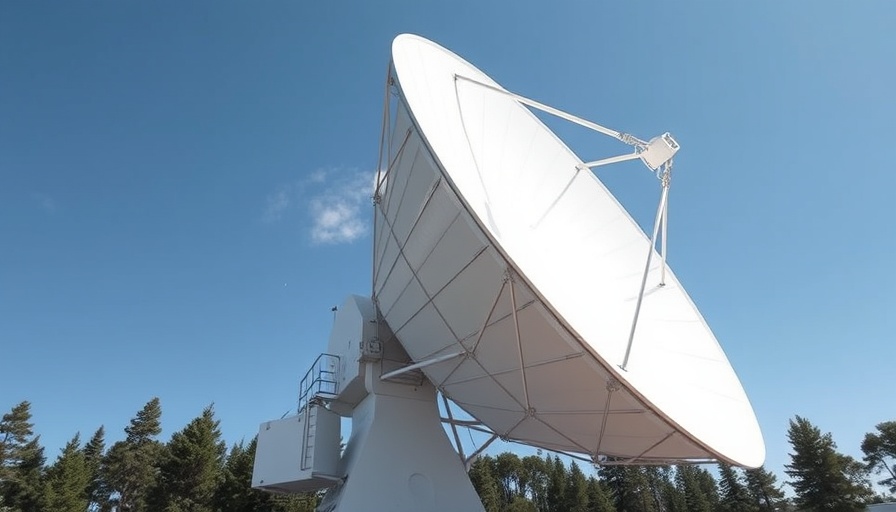
Celebrating the Sound of Strauss in Space
Music has always had the power to transcend boundaries, and now it's set to reach unprecedented heights—literally. As Johann Strauss II's "Blue Danube" waltz launches into space to commemorate the composer’s 200th birthday, it serves as a unique fusion of classical music and space exploration. On May 31, 2025, the Vienna Symphony Orchestra will perform this timeless piece, which will be transmitted beyond Earth as part of a celebration hosted by the European Space Agency (ESA).
A Cosmic Celebration
This initiative commemorates not only Strauss’ remarkable legacy but also the ESA's 50-year journey in space exploration. The performance will be live-streamed, offering global audiences the chance to take part in this historical event. The choice of the "Blue Danube," a piece famously featured in Stanley Kubrick's 1968 film "2001: A Space Odyssey," underscores its deep roots in both culture and science fiction. The orchestral waltz will be converted into radio signals and sent into the cosmos at a staggering velocity of 670 million miles per hour. In just 1.5 seconds, the music will be past the moon and within 23 hours close to the boundaries established by NASA's Voyager 1—an evocative reminder of how art and science can entwine.
Historical Significance of Deep-Space Music Transmission
Exploring the history of music sent into space unveils a fascinating narrative. Previous launches have included classics such as the Beatles’ "Across the Universe" and contemporary hits like Missy Elliott's "The Rain." These deep-space transmissions serve a dual purpose: a communication to potential extraterrestrial life and a testament to humanity’s cultural heritage. Yet, despite the prevalence of major composers in these transmissions, Strauss was notably overlooked during the selection of tracks for NASA’s Voyager Golden Records. This current endeavor not only reintroduces Strauss' work into the cosmic dialogue but also highlights the evolving relationship between art and technology, avowing that culture plays an indispensable role in human advancement.
Music as a Universal Language
The act of beaming "Blue Danube" into space transcends mere nostalgia. It represents a collective aspiration for connection that resonates with audiences worldwide. Music is often described as a universal language, and this transmission underscores the idea that even in the vast emptiness of space, we seek companionship through melody. ESA's initiative will invite the world to reflect on our shared humanity, as we celebrate a composer who harmonized the beauty of dance with the power of emotion.
Looking Ahead: The Future of Cultural Space Exploration
This event raises intriguing questions about the future of cultural expressions in space exploration. As humanity pushes the boundaries of what is possible, we may find more opportunities to send our artistic legacies into the universe. Just as astronauts have looked to the stars for inspiration, future generations could continue this tradition by crafting new compositions and artistic endeavors designed to travel beyond our planet. Strauss’ joyous waltz could thus be a stepping stone in our long-lasting relationship with the universe.
The celebration of Strauss through music in space serves not only as a tribute to a great artist but also reinforces an essential facet of human nature: our desire to share and connect. As we look to the stars, let us remember that it is the arts—music, in this instance—that can echo through the vast emptiness, forging connections that span light-years.
 Add Row
Add Row  Add
Add 




Write A Comment